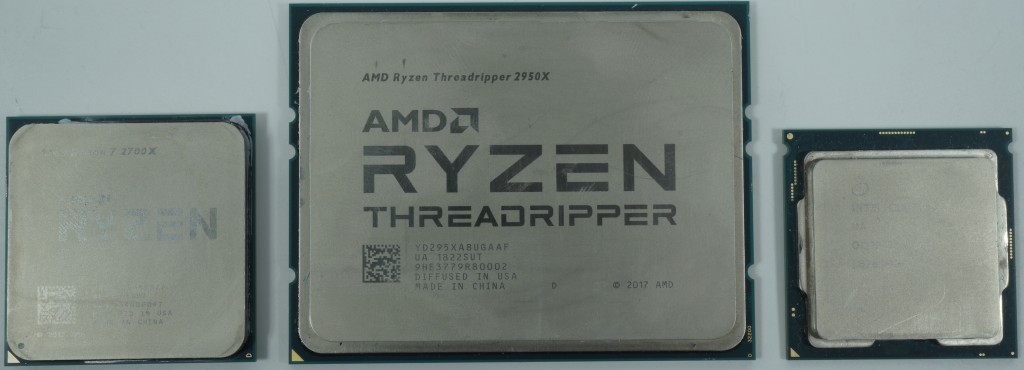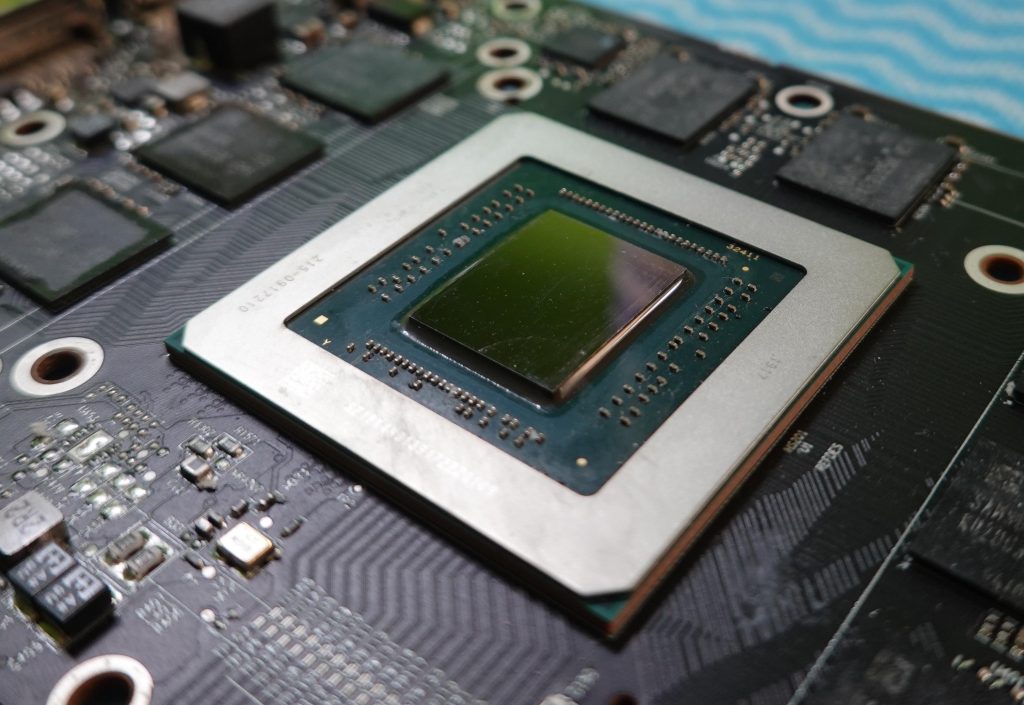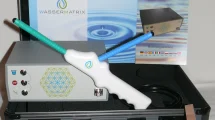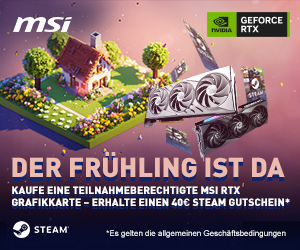Calculation explained simply – 4 factors are important
Let me briefly remind you of the previous page and the specification of thermal conductivity in watts per meter Celsius or watts per meter Kelvin. Let’s just agree on W/m*K, although you could also leave out the asterisk. But since it’s clearer this way, I’ll just leave it. But what the hell is the unit meter doing here? We need the unit meter for the ratio of the thickness (of the thermal compound layer) in meters (m) to the area (of the thermal compound layer) in square meters (m²). If we now calculate m/m², then logically 1/m remains and we have our required meter (m) for the ratio. It’s not that difficult.
Our formula now requires four pieces of information that we need to know or determine:
| Thermal conductivity (“K”) | This value W/m*K or W/mK can almost always be found in the manufacturer’s specifications |
| Application area of the thermal paste | Area of the CPU heatspreader or GPU in m² |
| Application thickness of the thermal compound | Thickness of the layer (depending on skills and paste) between 0.02 and 0.05 mm (0.00002 to 0.0005 m) |
| Maximum power dissipation of the CPU in watts |
Here you stress the CPU and determine the so-called package power |
I now have three (somewhat rounded) dimensions and areas for you, which you can use to calculate and recalculate. If you use other CPUs or GPUs, simply use your own values, because the exemplary candidates from the calculation example are not really fresh.

| AMD Socket AM4 | AMD Socket TR4 | Intel Socket 1151 | RX 5700 XT |
| 37.5 mm x 37. 5 mm | 68 mm x 51 mm | 29.5 mm x 29.2 mm | GPU Die |
| = 0.00140625 m² | = 0.003468 m² | = 0.0008614 m² | = 0.000251 m² |
Now comes the formula:
Rpaste = (thickness / area) * (1 / thermal conductivity)
Example 1 – Ryzen 5 5800X3D
Let’s do the example calculation for a better understanding. Kevin-Justin has rather poor skills, but this is not the first time he has used thermal paste. He also smartly buys the expensive premium paste with 12.5 W/m*K, so that he ends up with an average layer thickness of 0.00004 m with the help of the very liquid paste. He also buys a Ryzen 5 3600X with a heatspreader area of 0.00140625 m². Now we can easily calculate the temperature drop in Kelvin or °C:
Rpaste = (0.00004 m / 0.00140625 m²) * (1 / 12.5 W/m*K) = 0.002275 K/W
If his Ryzen 5 3600X now emits a maximum of 95 watts of waste heat, the temperature drop is logically 0.002275 K/W * 95 W, i.e. 0.216 Kelvin or degrees Celsius in the end! However, if he was stingy and only uses the ultra-cheap 4 W/m*K paste, which is also a tad more viscous and he has to make do with an (acceptable) layer thickness of 0.0001 m, but the CPU is still the same, then it looks something like this:
Rpaste = (0.0001 m / 0.00140625 m²) * (1 / 4 W/m*K) = 0.0178 K/W
As we’re still crawling around at 95 watts, Kevin-Justin now has to reckon with a temperature drop of 1.7 Kelvin (or °C). That’s just 1.5 Kelvin more! If you now overclock and boost the CPU to 150 watts, the difference is 0.34 Kelvin with the premium paste and 2.67 Kelvin with the cheap paste. The difference is therefore already around 2.3 Kelvin.
Example 2 – Core i9-10900K
His girlfriend Chantal-Cheyenne prefers to buy an Intel processor for her great Z490 board and clocks up immediately until the uncle doctor arrives. So let’s calculate with the 150 watts, although that’s also more for the gallery. If you’d rather live with 95 watts, just do the math yourself. Let’s test premium paste against cheap paste again:
Rpaste = (0.00004 m / 0.0008614 m²) * (1 / 12.5 W/m*K) = 0.00371 K/W
Rpaste = (0.0001 m / 0.0008614 m²) * (1 / 4 W/m*K) = 0. 029 K/W
At 150 watts, this would result in 0.557 Kelvin and 4.35 Kelvin, i.e. a difference of approx. 3.8 Kelvin. But no more than that.
Example 3 – Radeon RX 5700 XT graphics card
The comparatively high heat density is already a challenge and graphics cards are therefore subject to their own recommendations due to the small surface area compared to the CPU with almost always significantly higher power dissipation. If, for example, we take the 7 nm chip of a Radeon RX 5700 XT and calculate with an average layer thickness of 0.00004 m, then the following calculation results for the noble paste
Rpaste = (0.00004 m / 0.000251 m²) * (1 / 12.5 W/m*K) = 0.0127 K/W
If you now overclock properly and calculate with a maximum power dissipation of 300 watts, then that is already 3.81 Kelvin with the good paste. And now we ask ourselves what would happen to the cheap paste if we managed to get a layer just as thin. We calculate again, but this time with 4 W/m*K:
Rpaste = (0.00004 m / 0.000251 m²) * (1 / 4 W/m*K) = 0.0398 K/W
Now it’s already a whopping 11.94 Kelvin and we also understand why I don’t recommend cheaper pastes on graphics cards, no matter how slippery and “reliable” they are. That’s over 8 Kelvin difference between cheap discount goods and lobster paste from the delicatessen. But you can do even better, because there are even conventional products with an imprint of 16 W/m*K. But is the extra cost worth it?
Rpaste = (0.00004 m / 0.000251 m²) * (1 / 16 W/m*K) = 0.00996 K/W
At 2.99 Kelvin, the other noble material is now 0.9 Kelvin above the noble paste. However, you have to be careful when comparing prices, as many suppliers deliberately use their own filling sizes to make direct price comparisons somewhat more difficult.
A lot does a lot of harm
So we see that too much paste results in too thick a layer and therefore also causes too high a temperature drop. And the highest possible contact pressure is also an urban legend. You really only need enough pressure to ensure that the radiator sits firmly and not loosely. Of course, the paste must be pressed so far that it closes the gaps without air and also produces the thinnest possible layer. The thin-through-screws faction replaces a lack of skill with torque and presses the precious paste sideways until it can’t be thinner or the motherboard is damaged beyond repair. If you apply less paste, you won’t have these problems.
- 1 - The three big P's - introduction to pastes, pads and putty
- 2 - The purpose of thermal pastes
- 3 - The big debate between cheap and expensive
- 4 - The matrix as the basis for all pastes and pads
- 5 - Silicone-based pastes: optimization, durability, decomposition
- 6 - Thermally conductive fillers are important
- 7 - How the degree of grinding influences performance
- 8 - Silicone modification for low temperatures and LN2 overclocking
- 9 - The paste production process and possible hurdles
- 10 - Special case liquid metal (LM)
- 11 - Special case of graphite pads and phase changers
- 12 - Temperature window, expansion behavior, application
- 13 - Ageing and decomposition of pastes and pads
- 14 - Manufacturer vs. bottler, misleading marketing and conclusion


































216 Antworten
Kommentar
Lade neue Kommentare
Veteran
1
Veteran
Urgestein
Mitglied
Urgestein
1
Urgestein
Urgestein
Mitglied
Urgestein
1
Mitglied
Urgestein
1
Urgestein
1
Veteran
Alle Kommentare lesen unter igor´sLAB Community →